Intangible Cultural Heritage
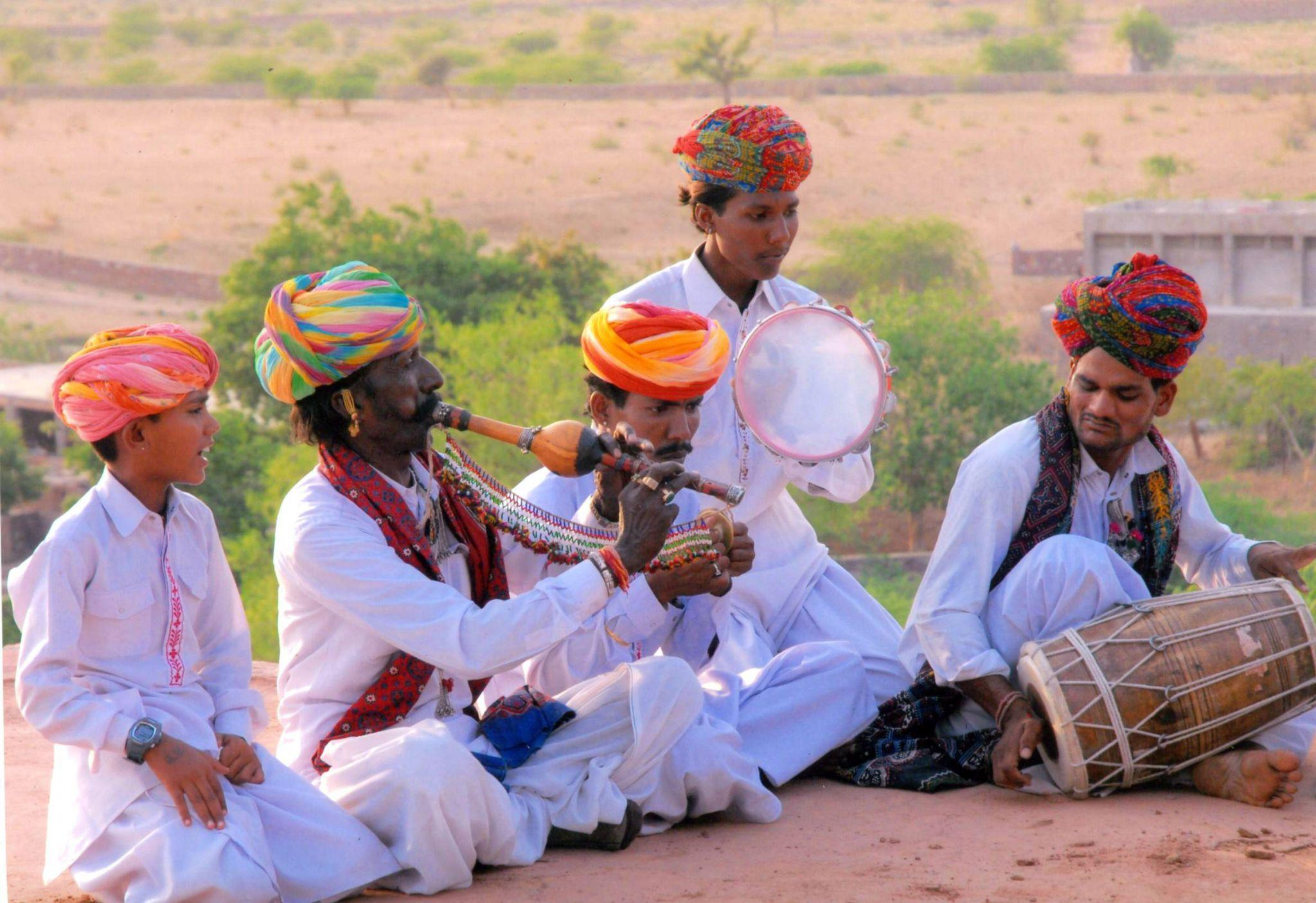
Culture is central to India's national identity, encompassing shared values, traditions, and creative expressions. Article 29 of the Indian Constitution safeguards cultural and educational rights, affirming the right of communities to preserve their distinct cultural identities.
India, known for its rich diversity, holds one of the world’s largest collections of intangible cultural elements—songs, dances, rituals, languages, and crafts—collectively forming its Intangible Cultural Heritage (ICH).
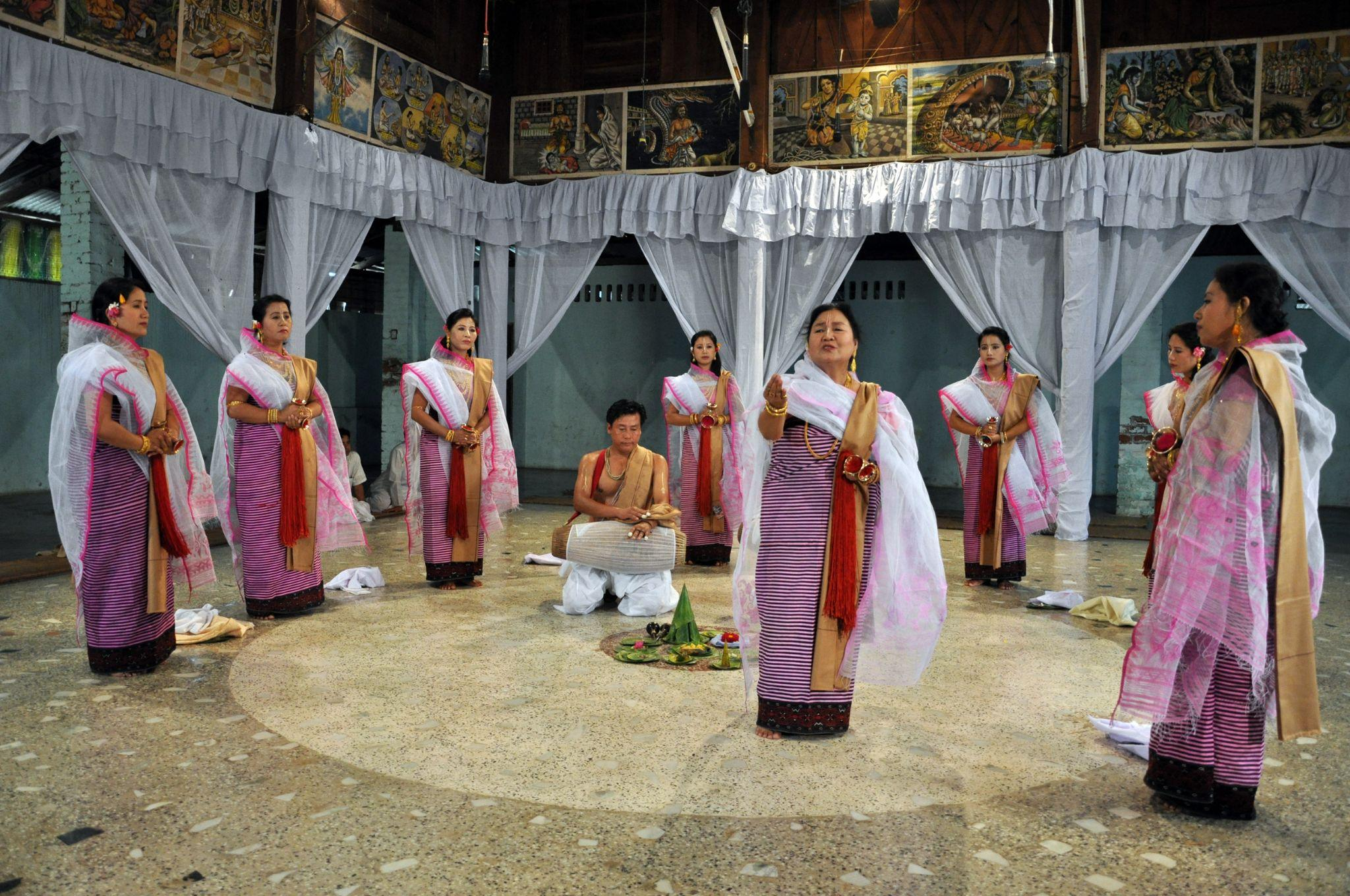
Post-independence, India recognized culture as a key component of national planning. Institutions like the Sangeet Natak Akademi, Sahitya Akademi, Lalit Kala Akademi, Indian Council of Cultural Relations, National School of Drama, and National Gallery of Modern Art were established to preserve and promote the arts.
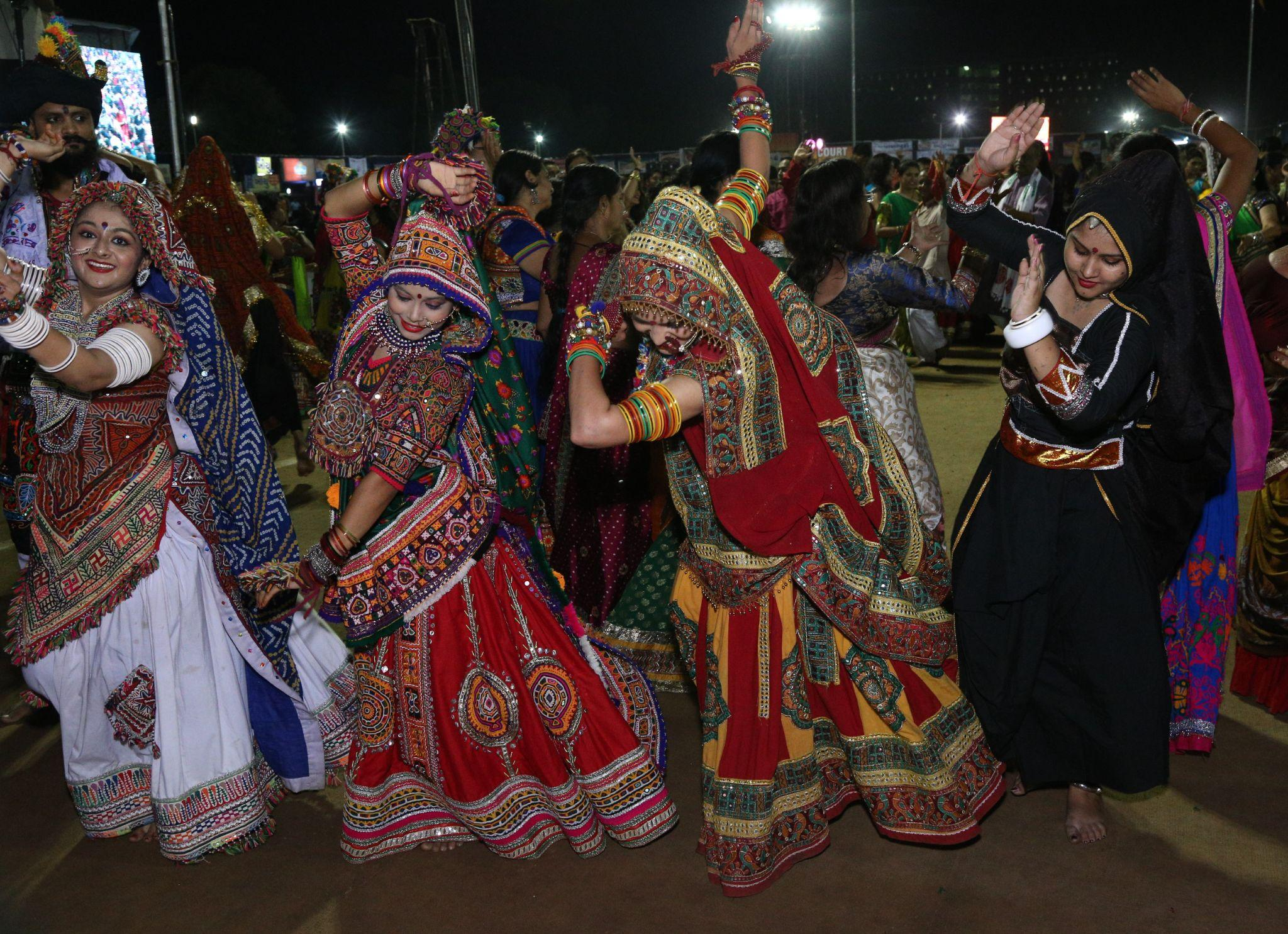
Following the ratification of UNESCO’s 2005 Convention on ICH, the Government of India, through national bodies, zonal cultural centres, NGOs, and regional agencies, has taken robust measures to support and safeguard these living traditions.
These efforts foster a sense of identity and continuity, engaging communities at every level—from grassroots to national—to preserve and celebrate India’s diverse cultural heritage.
For more information, visit
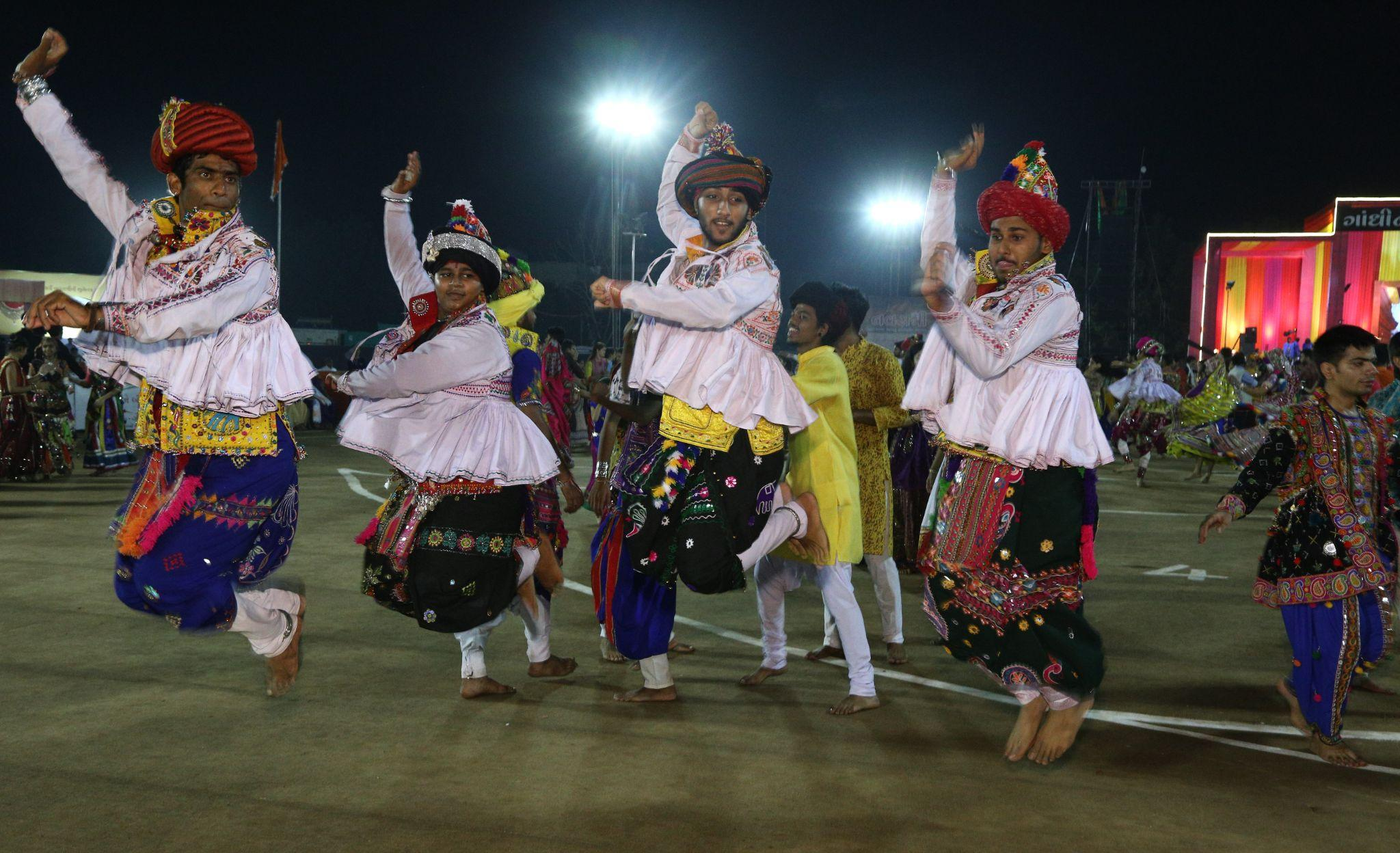
1. Garba of Gujarat (2023)
Garba, a devotional dance during Navaratri, honours feminine energy through rhythmic movements around a lamp-lit pot or goddess image. Performed in unison, it builds from gentle steps to energetic whirls. Passed down through generations, Garba unites diverse communities, promoting cultural heritage, inclusivity, and social harmony across rural and urban India.
Link
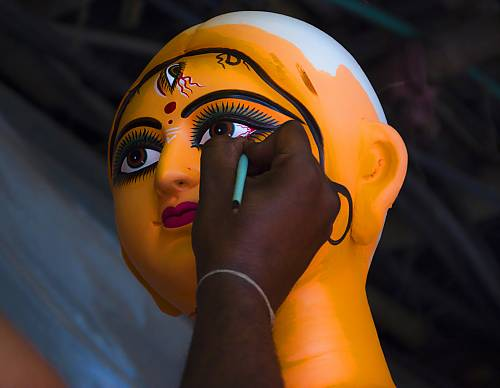
2. Durga Puja in Kolkata (2021)
Durga Puja, celebrated chiefly in Kolkata during September–October, is a grand ten-day festival honouring goddess Durga. Idols crafted from Ganga clay are ritually enlivened on Mahalaya and immersed on the final day. Blending devotion, art, and community, it symbolizes homecoming and unity, transcending social, religious, and cultural boundaries.
Link
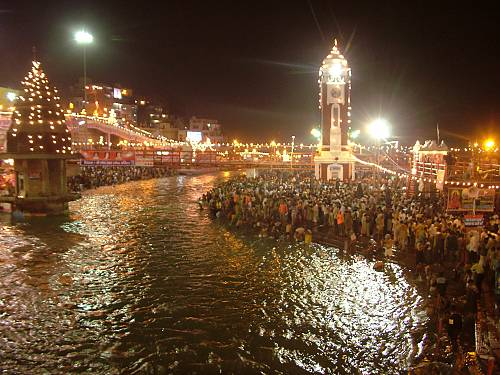
3. Kumbh Mela (2017)
Kumbh Mela, the world’s largest peaceful congregation, is held every four years in Allahabad, Haridwar, Ujjain, and Nasik. Millions bathe in sacred rivers seeking spiritual liberation. Rich in rituals, astronomy, and oral traditions, it unites diverse devotees while preserving age-old wisdom through guru-disciple bonds in ashrams and akhadas.
Link
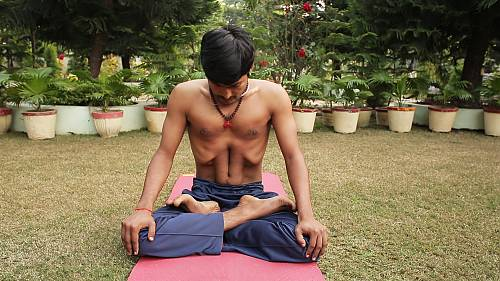
4. Yoga (2016)
Rooted in unifying mind, body, and soul, yoga fosters holistic well-being and influences India’s health, education, and arts. Inclusive and timeless, it blends poses, breath control, and meditation. Once passed through the guru-shishya tradition, yoga now thrives globally via ashrams, institutions, ancient texts, and modern platforms, preserving its profound philosophy.
Link
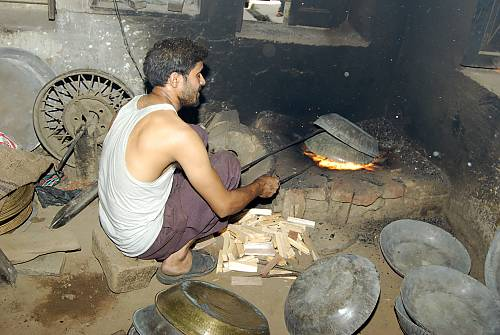
5. Thatheras of Jandiala Guru, Punjab (2014)
The Thatheras of Jandiala Guru craft brass and copper utensils using age-old techniques. Metal is hand-shaped over earth-embedded stoves, polished with natural materials, and adorned by hammering patterns. Passed orally from father to son, this tradition blends utility with ritual, shaping identity, kinship, and community status in Punjab.
Link
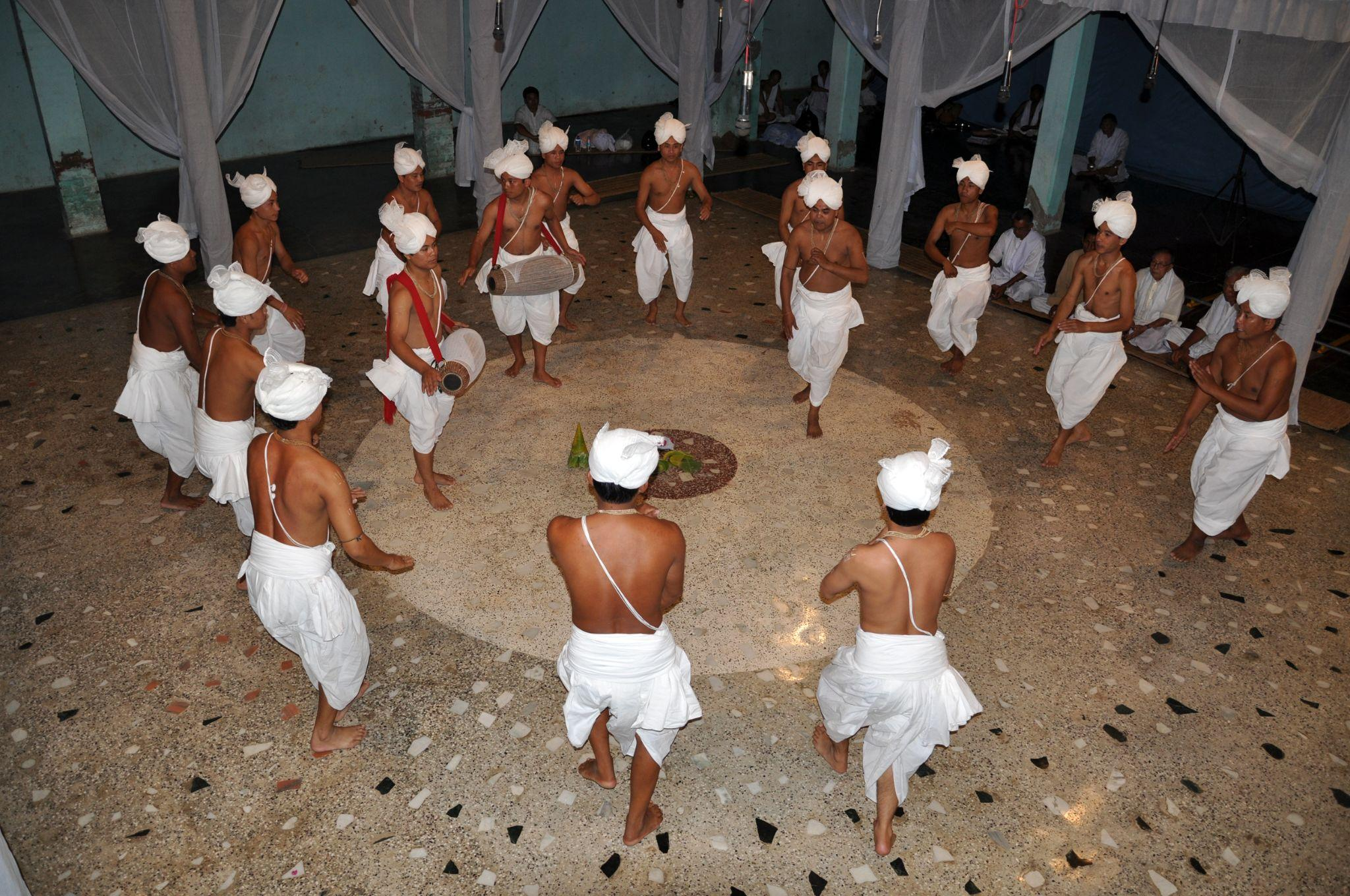
6. Sankirtana, Ritual Singing, Drumming & Dancing of Manipur (2013)
Sankirtana is a sacred performance art of Manipur’s Vaishnava community, combining song, dance, and drumming to narrate Krishna’s life. Held in temples or courtyards, it unites society during festivals and rites. Deeply spiritual and emotionally stirring, it’s passed from mentor to disciple, reflecting divine presence and natural harmony.
Link
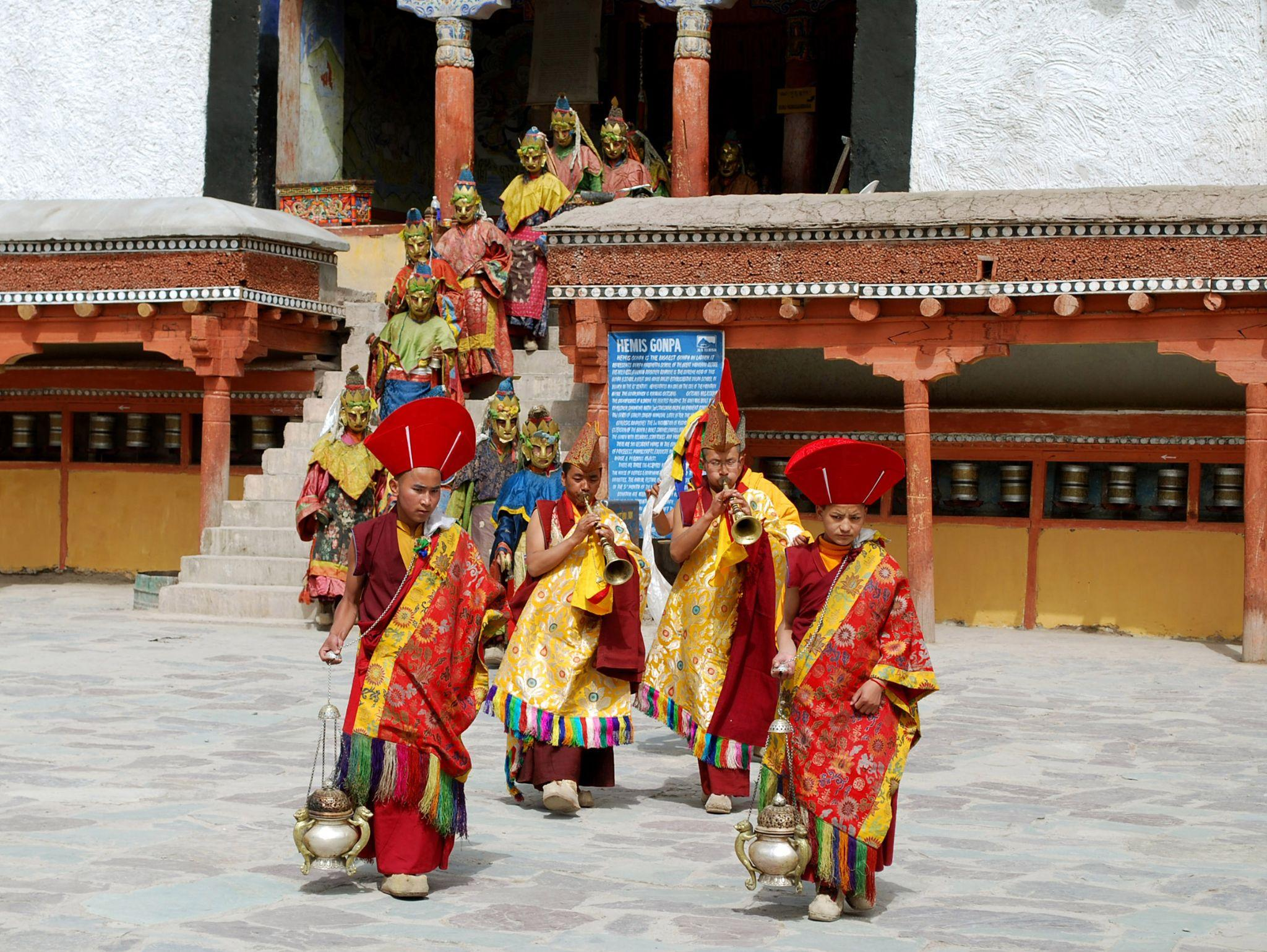
7. Buddhist chanting of Ladakh: recitation of sacred Buddhist texts in the trans-Himalayan Ladakh region, Jammu and Kashmir, India (2012)
In Ladakh’s monasteries and villages, Buddhist lamas chant sacred texts for spiritual well-being, purification, and divine blessings. Rooted in Mahayana and Vajrayana traditions, chanting involves music, mudras, and ritual dance. Passed down through rigorous monastic training, these daily chants embody devotion, world peace, and the essence of Buddhist philosophy.
Link
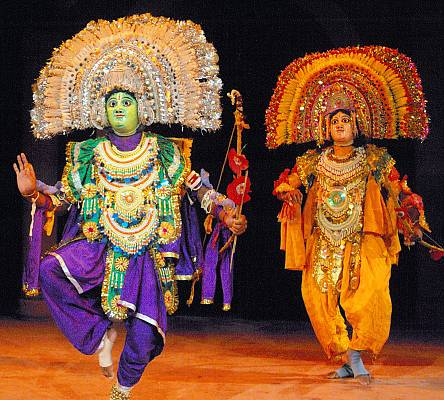
8. Chhau Dance (2012)
Chhau dance from eastern India depicts epic tales, folklore, and nature-inspired themes in three styles—Seraikella, Purulia, and Mayurbhanj. Celebrated during Chaitra Parva, it blends martial arts, local traditions, and symbolic masks. Performed by male artists, Chhau unites diverse communities, though modern influences now threaten its cultural continuity and participation.
Link
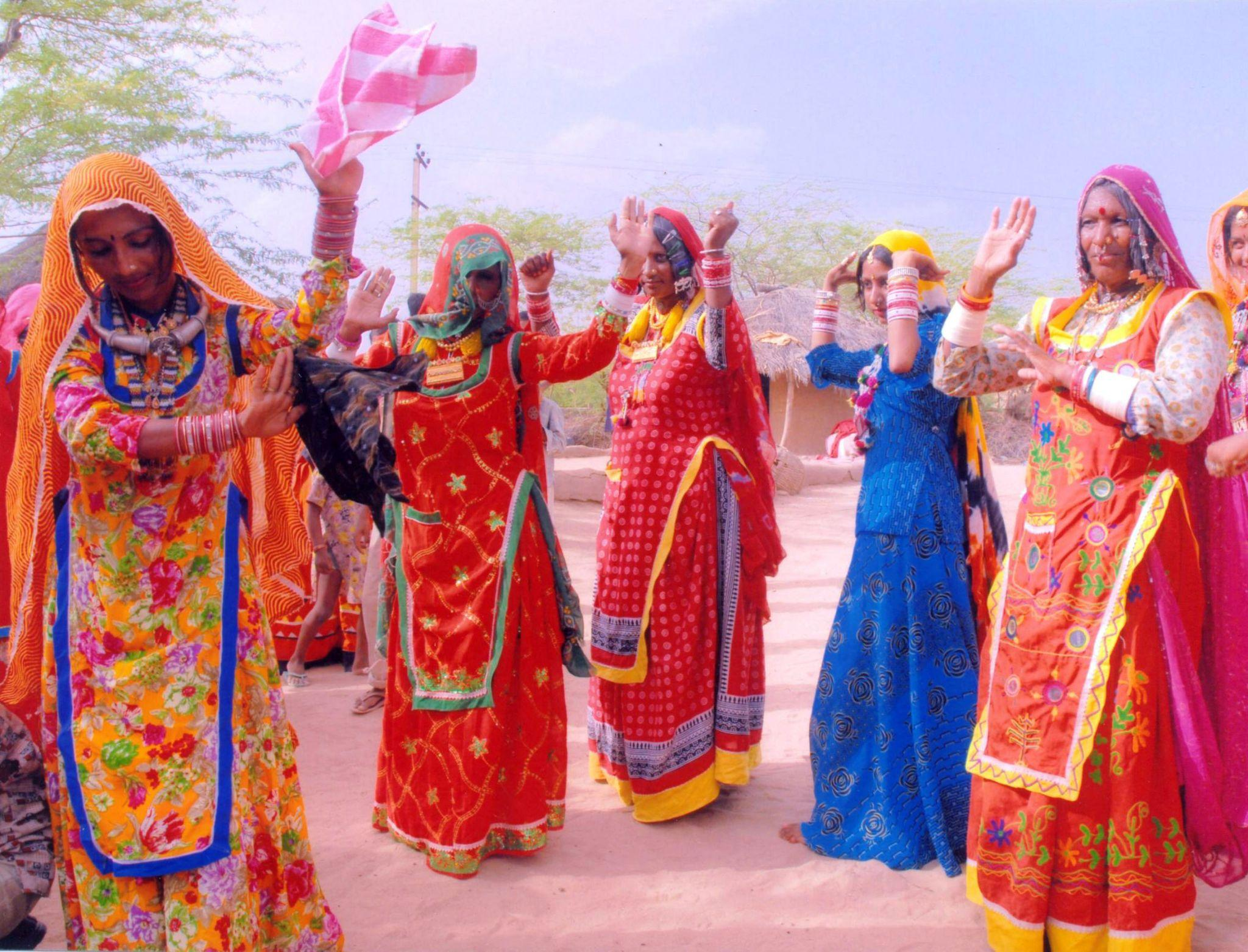
9. Kalbelia folk songs and dances of Rajasthan (2010)
The Kalbelia community’s songs and dances reflect their snake-handling heritage, with women swirling like serpents and men playing traditional instruments. Richly embroidered costumes and spontaneous, poetic songs are passed down orally. These vibrant performances, especially during Holi, embody Kalbelia identity and their efforts to preserve culture amid changing times.
Link
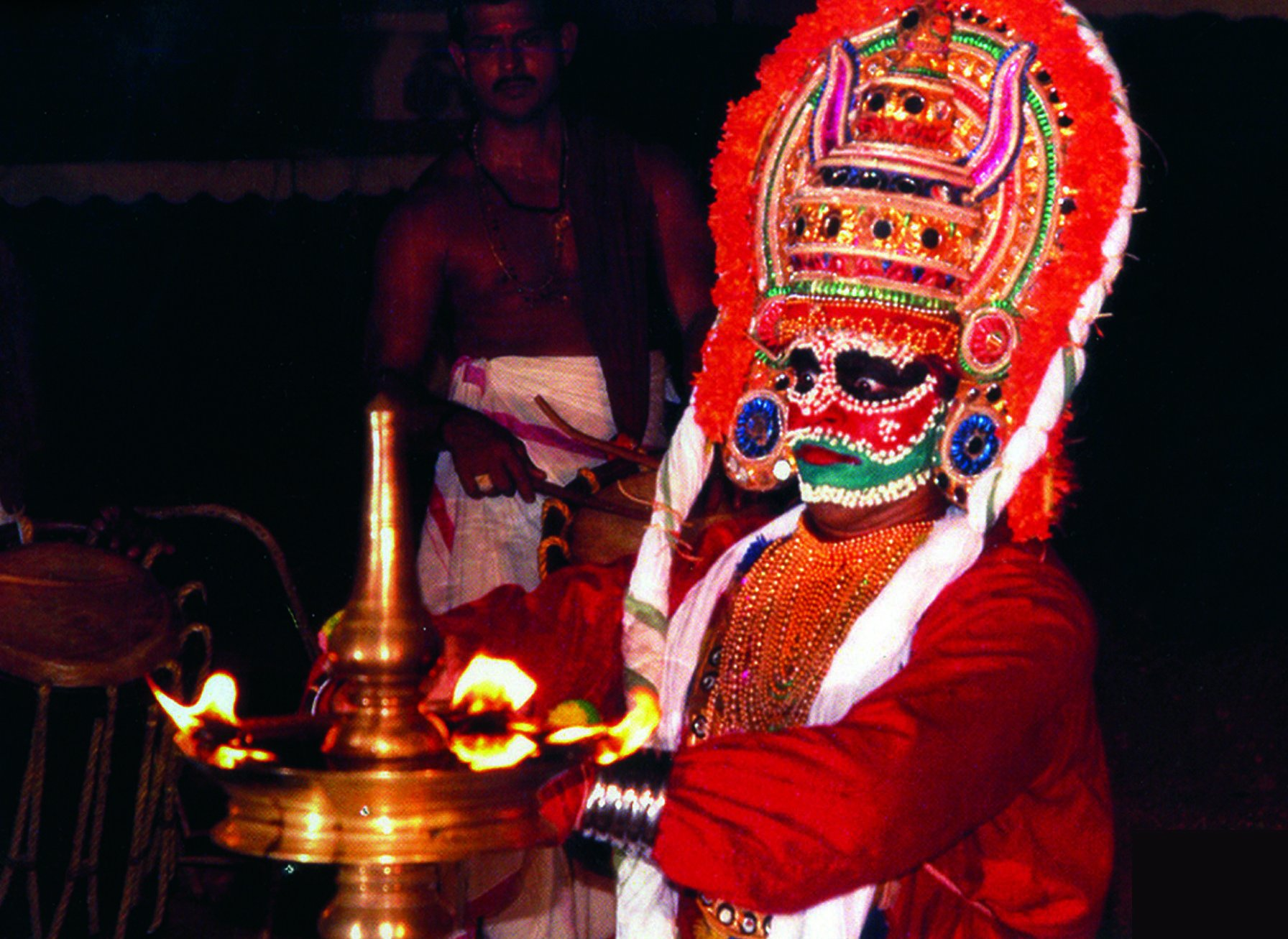
10. Mudiyettu, ritual theatre and dance drama of Kerala (2010)
Mudiyettu, a vibrant ritual dance drama from Kerala, enacts the mythic battle between goddess Kali and demon Darika. Performed annually in temple groves post-harvest, the entire village participates in purification, kalam drawing, and performance. This communal ritual fosters unity, cultural transmission, and the preservation of traditional values across generations.
Link
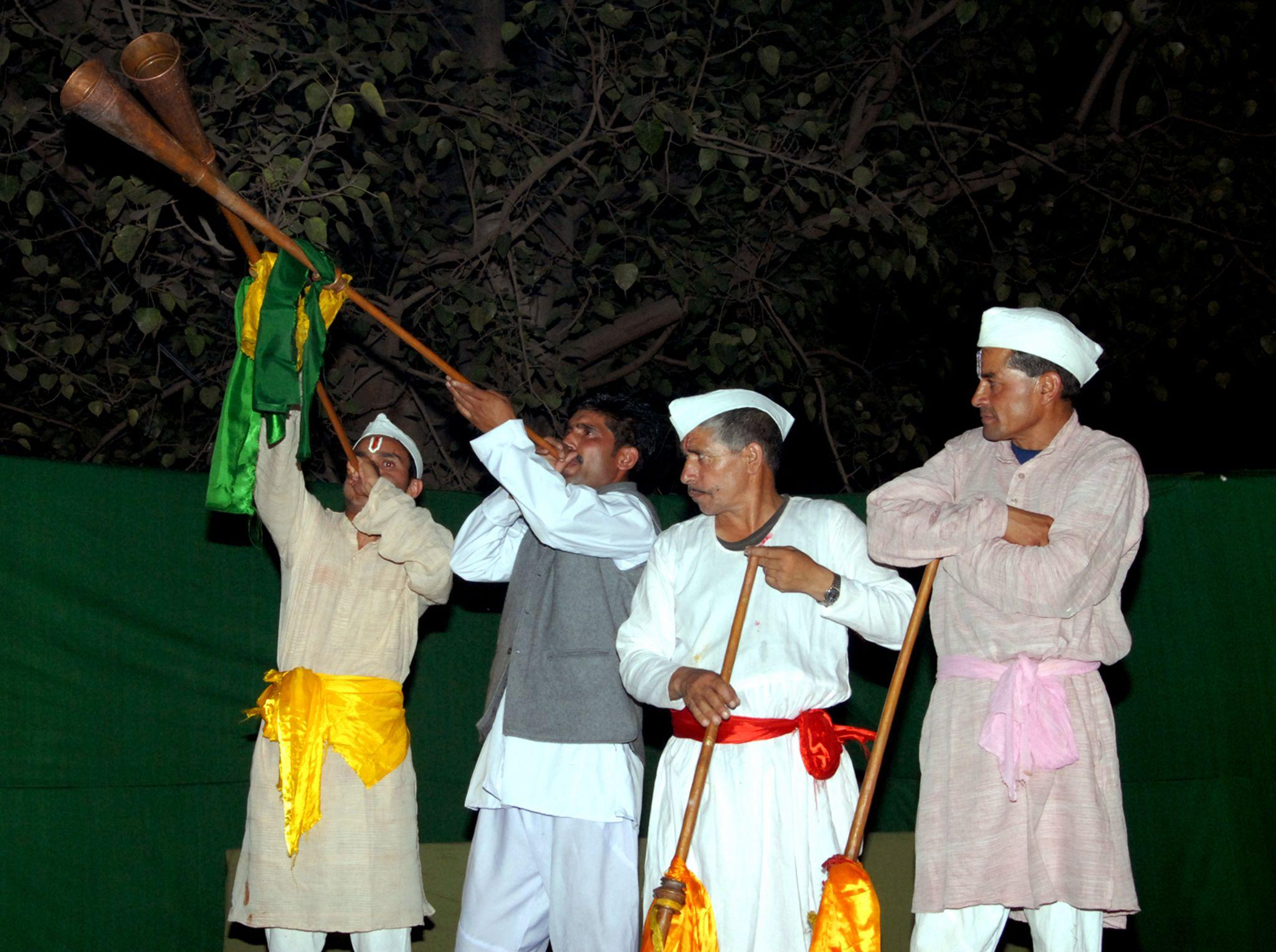
11. Ramman, religious festival and ritual theatre of the Garhwal Himalayas, India (2009)
Ramman, an annual religious festival in Uttarakhand’s Saloor-Dungra villages, honors the local deity Bhumiyal Devta through intricate rituals, epic recitations, and masked dances. Each caste plays a unique role, blending theatre, music, and mythology to celebrate community identity, heritage, and spiritual connection while striving for broader recognition.
Link
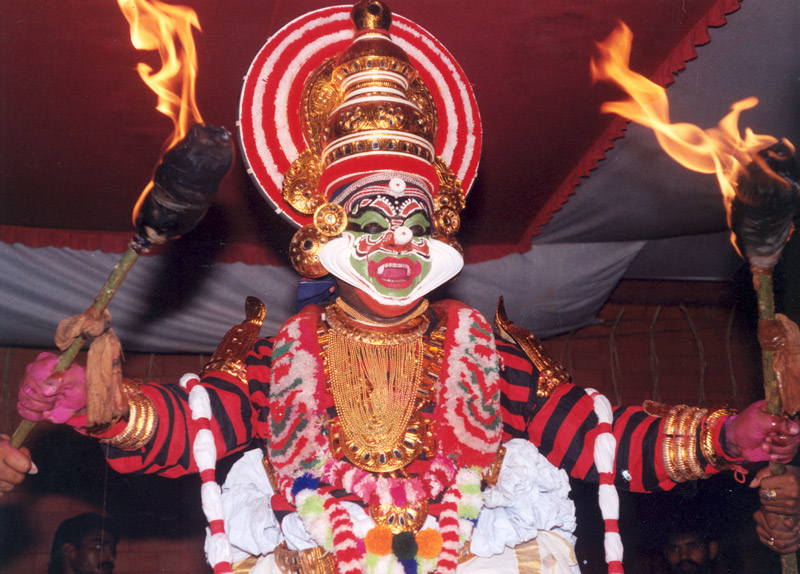
12. Kutiyattam, Sanskrit theatre (2008)
Kutiyattam, Kerala’s 2,000-year-old Sanskrit theatre, fuses classical drama with local traditions. Featuring intricate eye and hand gestures, it demands 10–15 years of rigorous training. Performed in sacred temple theatres, it faced decline after feudal patronage ended but is now revived through collaborative efforts to preserve this rare, spiritual art form.
Link
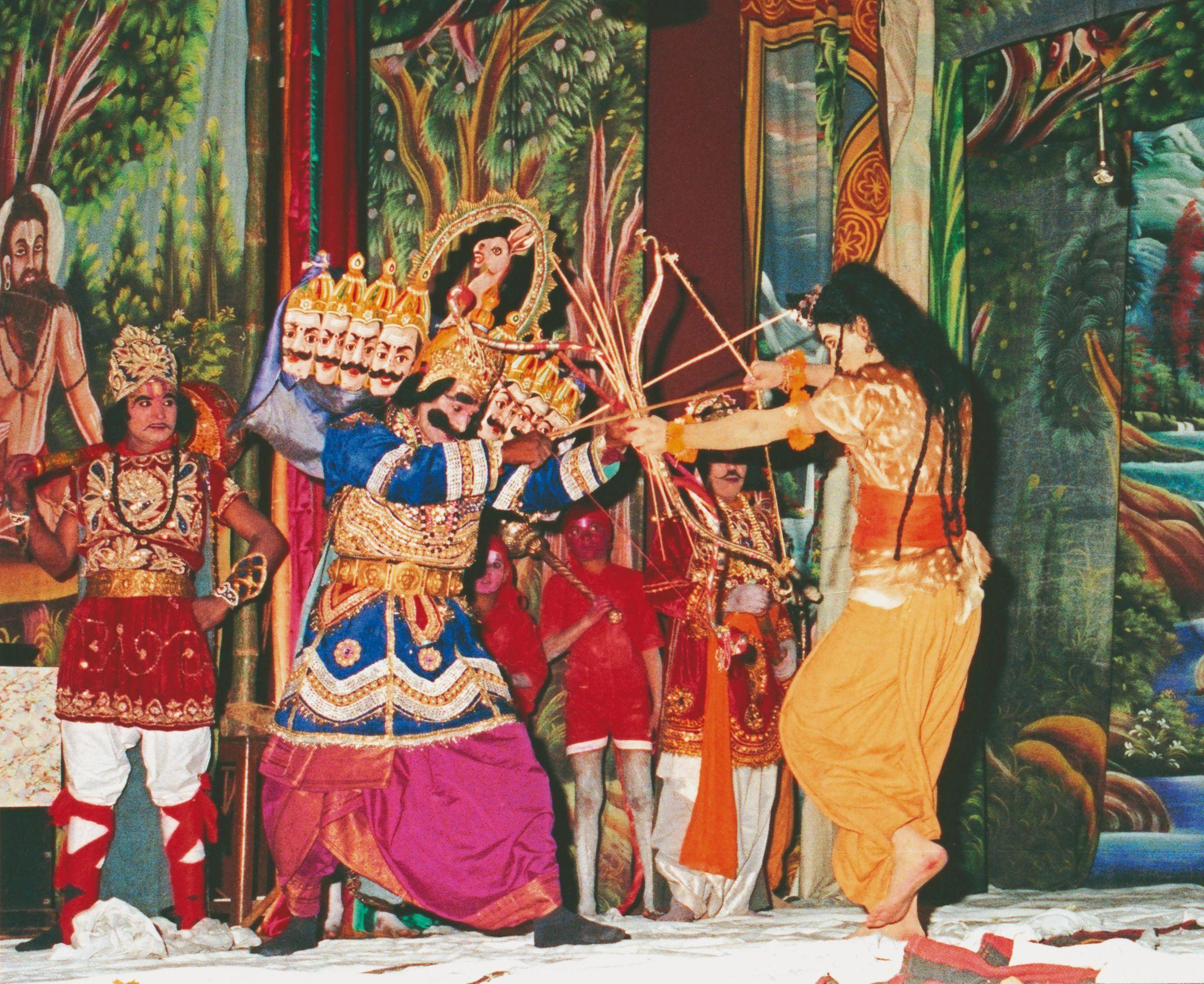
13.Ramlila, the traditional performance of the Ramayana (2008)
Ramlila, meaning “Rama’s play”, is a vibrant autumn performance of the Ramayana epic across northern India during Dussehra. Based on Tulsidas’ 16th-century Ramacharitmanas, it spans 10–12 days, sometimes a month, uniting entire communities in song, drama, and rituals, though mass media now challenges its communal role.
Link
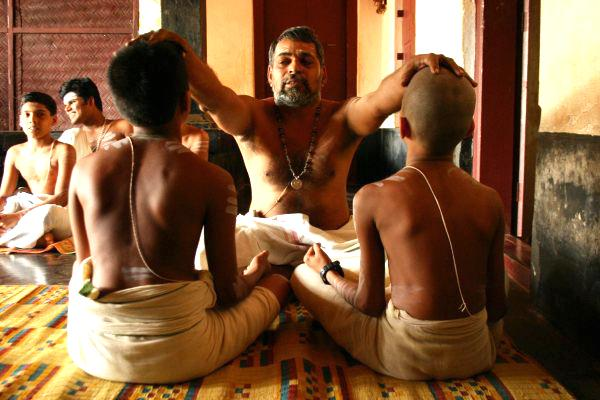
14. Tradition of Vedic Chanting (2008)
The Vedas, ancient Sanskrit texts composed over 3,500 years ago by Aryans, form Hinduism’s sacred foundation and one of the world’s oldest cultural traditions. Comprising four collections—Rig, Sama, Yajur, and Atharva Vedas—they encompass hymns, rituals, music, and philosophy. Preserved through intricate oral chanting, the tradition faces decline today.
Link




